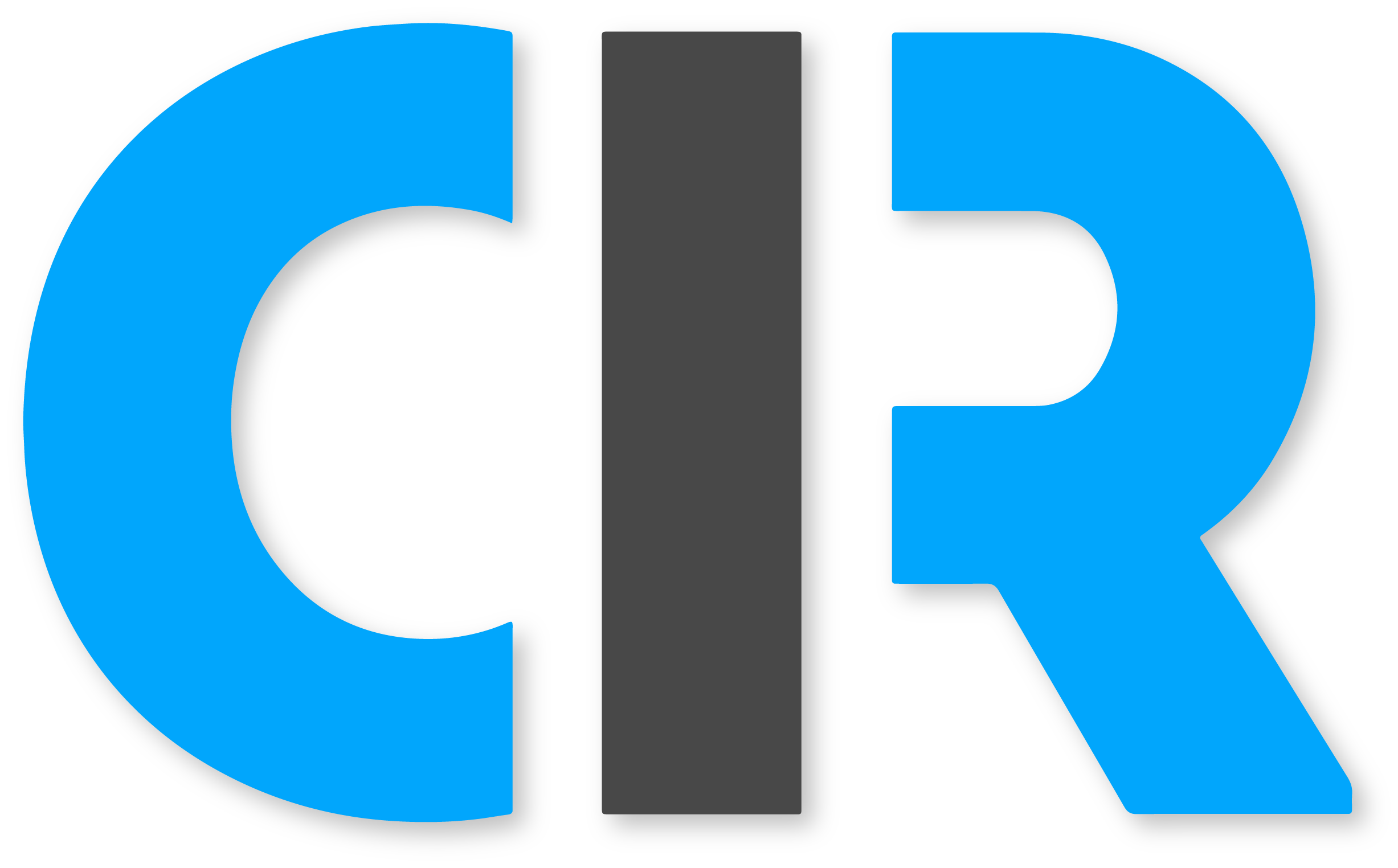Front and Rear Triangle
Using laser-cut tubing made the front triangle fabrication an absolute breeze! This project was my first time using Precision Tube Laser’s service and I could not be happier and more impressed with the results.
Tube Laser Mitering: From Fusion 360, I exported all of my individual tube .step files and sent them to the PTL team along with a cut list indicating the tubing (OD, wall thickness, material type) used for each part. I then drop-shipped tubing from McMaster-Carr and Aircraft Spruce to the PTL team.
Some PTL specifics if you’re using their service: their minimum working tube length is around 36”, and factor in 6” of remaining stock held in the chuck and around 2” of excess material between nested parts.
3D Printed Parts: This was also my first time working with SLS 3D printed parts. I ordered my SUS316L parts from JLCPCB and was very impressed by the quality. Their team voiced some concerns about the below-recommended wall thickness areas around some of the mitered corners on my 3D printed parts. However, I bit the bullet and printed the parts anyway (they turned out fine). Takeaway here - you can integrate miters into your 3D printed parts and go below the minimum wall thickness - I’m sure there is a limit where the print actually fails that I have yet to find.
I fabricated the front and rear triangles on a threaded optical table using 3D printed standoffs. I realized through this project that I’m not a huge fan of surface-based welding fixtures for bike frames. I struggled to get enough torch access to tack and subsequently weld on the top/bottom centerline of each tube joint. For future projects, I will probably make a simple freestanding welding fixture to speed up fabrication.
Making the Frame: The front triangle came together fairly quickly. However, I had some issues with the rear triangle. I chose to weld my yoke-chainstay-dropout as a sub-assembly before joining it to the front triangle. However, due to some carelessness/skill issues on my part and large tolerance stack of the 3D printed parts, my chainstays were noticeably crooked. I immediately noticed this after tack-welding the chainstay subassembly to the front triangle and loading a 20” wheel to check for alignment.
3D-Printed Dropouts to the Rescue! The 3D printed dropouts saved my warped frame. I loaded the seatstay-yoke subassembly onto the tacked front triangle + chainstay and essentially bear-hugged the frame until the seatstays bottomed out on the dropouts without any noticeable air gap. Doing so brought the frame back into alignment! I don’t think I could’ve saved my frame’s alignment had I not used geometry-specific 3D printed dropouts. The end result? This is probably the most aligned frame I’ve built so far. The rear wheel alignment is spot-on.

